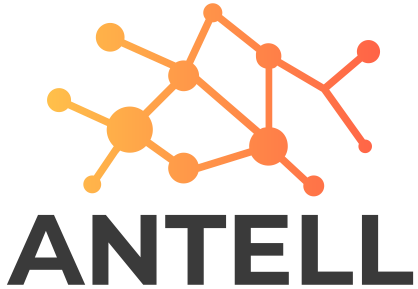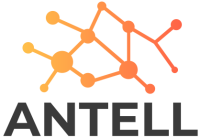Telemetry solution
Need to collect and structure metering and sub metering, data, we can certainly support your need.
Data structuring plays a crucial role in metering applications by organizing and managing the vast amounts of data collected from various meters and sensors. In metering applications, data structuring involves arranging and categorizing data in a logical and efficient manner to enable accurate analysis, reporting, and decision-making. This process includes defining data fields, establishing data relationships, and implementing data validation and quality checks. By structuring metering data effectively, it becomes easier to identify patterns, detect anomalies, and derive valuable insights. Proper data structuring also enables seamless integration with other systems and applications, facilitating data exchange and interoperability. Ultimately, a well-structured data framework in metering applications ensures reliable and consistent data management, enhancing operational efficiency, performance monitoring, and enabling effective energy management strategies.
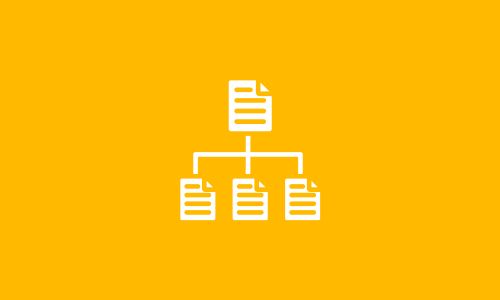
A seamless user experience, ensuring ease of use for efficient data management. With intuitive interfaces and user-friendly functionalities, users can easily navigate through the system, access relevant data, and perform tasks without extensive training or technical expertise. Additionally, our system prioritizes data integrity by implementing robust validation mechanisms, ensuring that only accurate and valid data is stored and processed. This helps to maintain the reliability and consistency of the data.

Security is a top priority in our data structuring system. We employ stringent security measures such as encryption, access controls, and authentication protocols to safeguard sensitive data. User permissions and role-based access further restrict data access to authorized personnel, protecting against unauthorized modifications or data breaches. Regular security audits and updates ensure the system remains resilient against evolving threats.

Furthermore, our data structuring system is designed for high availability, ensuring uninterrupted access to critical data. Redundant systems, load balancing, and failover mechanisms are implemented to minimize downtime and maximize system uptime. This ensures continuous data availability, even during maintenance or unforeseen disruptions.
Data structuring system for metering and sub metering
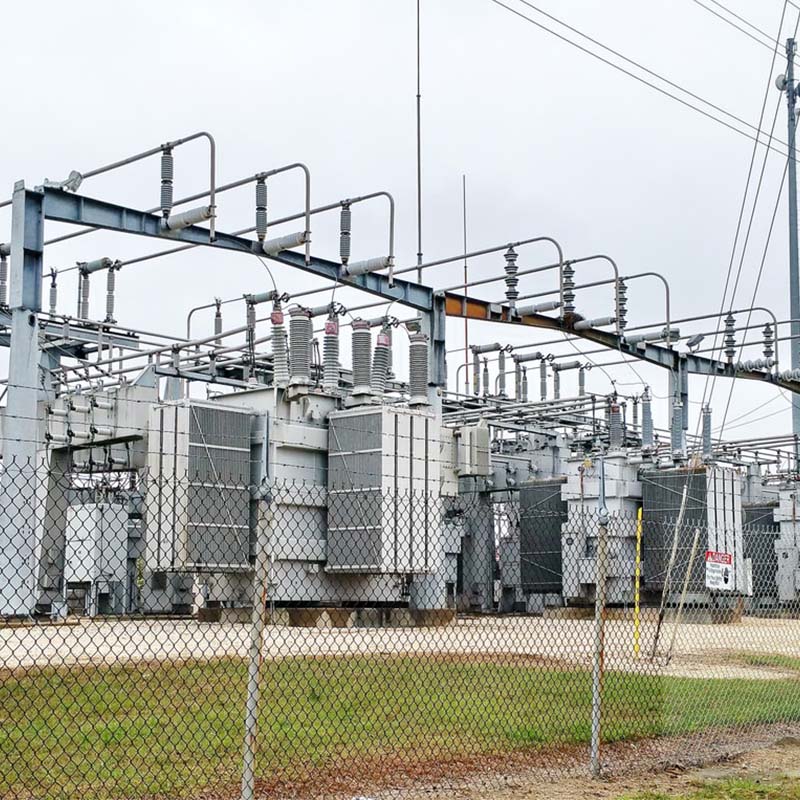
DTMU
Distribution transformer monitoring.
XNET DTMU is a comprehensive solution for monitoring and management for Distribution Transformers.
Transformer monitoring is essential not only for maintaining their health and thus extending their life, but also for reducing the risk of an explosion, improving load flow, and optimizing the distribution network.
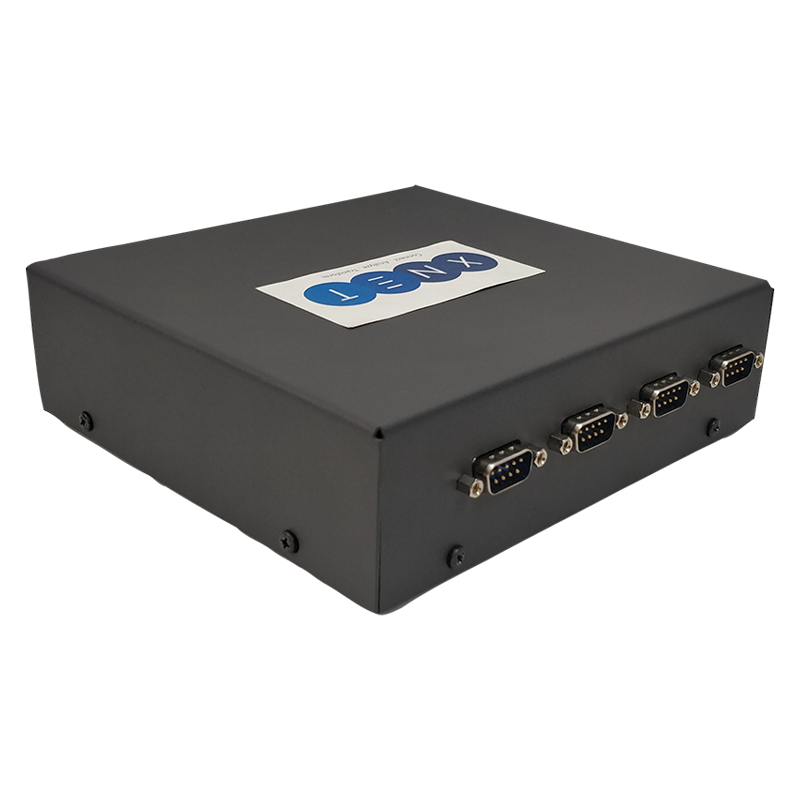
DCU
Data Concentrator Unit.
Multiple Serial Interfaces, Edge Computing, rugged high-speed WAN / LTE DCU. With 4 / 8 RS232 ports, LAN, WAN, LTE, and inbuilt Metering and Industrial protocols, the XE-33 DCU series is perfectly suitable for applications like Sub-Station multiple high-speed real-time meter reading and Sub Station Monitoring IED equipment monitoring and control. In addition to the Energy Meters, Other IED devices on various other protocols can also be integrated, monitored, controlled, or simply connected securely to a local or remote SCADA securely.
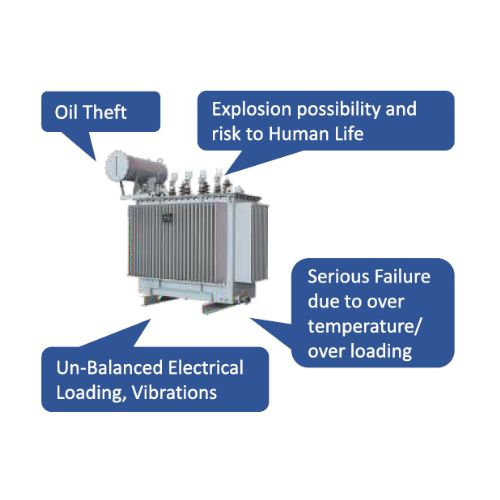
FPI
Fault Passage Indicator.
XNET FPI is an integrated solution for both overhead fault indicators and underground fault indicators. Comprising of XNET Edge and XNET Cloud platform, it provides real-time fault detection, alarms and events, and geographic localization information for speedy fault restoration.
Being FPI agnostic and having native protocol support like Modbus, IEC 69870-5-101, IEC 60870 -5 -104, XNET-FPI can be rapidly deployed and easily integrated with a 3rd party SCADA system.
